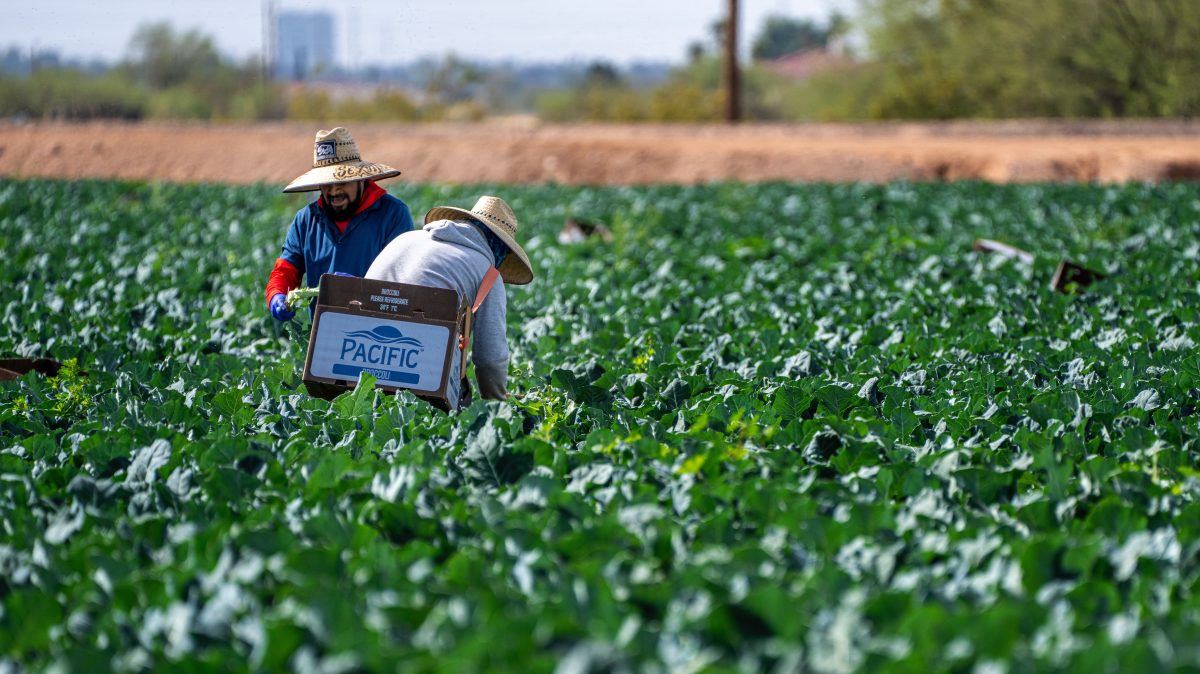Despite Rising Wage Rate, Farmers Must Rely on H-2A Program
AFBF Staff

photo credit: Mark Stebnicki, North Carolina Farm Bureau; used with permission.
According to data analyzed in a recent Market Intel report, H-2A usage reached new highs in fiscal year 2023, despite an increase in the Adverse Effect Wage Rate, which outpaced the hourly wage growth rate of all private employees. This increase in both demand for workers and wage rate continues to put stress on the bottom lines of farmers and ranchers.
The Market Intel, H-2A Growth Slows, But Remains Strong, details the total number of certified H-2A positions at 378,513, an increase of 2% over fiscal year 2022. While this is a slower rate of increase than in years past, the number of positions certified is still up by more than 100,000 workers compared to fiscal year 2020. This is coupled with a nearly 19% increase in the required wage rate since fiscal year 2020, causing labor to be one of the costliest aspects of doing business for farmers and ranchers.
Additionally, the Market Intel outlines the top states for H-2A positions, which mirrored usage from fiscal year 2022, and, for the first time, H-2A disclosure data from all 50 states plus Puerto Rico.
“With the availability of more data, we now also know more about the distribution of certified positions for all states,” AFBF Senior Economist Veronica Nigh writes in the Market Intel. “It is worth noting that every single state and territory where AFBF has membership (all 50 states and Puerto Rico) had H-2A certified positions granted.”
Data included in the H-2A Disclosure Data for fiscal year 2023 indicates that the number of certified positions increased in 37 states and decreased in 14 of the 51 states and territories. Even though the national growth rate in certified positions was just 2%, more than 10 states and territories had double-digit growth rates in fiscal year 2023 compared to fiscal year 2022.
“As wage rates continue to rise along with the demand for farmworkers, farm families are being forced to take a hard look at their balance sheets just to stay afloat,” said AFBF President Zippy Duvall. “Farming and ranching is a labor intensive business, and many of our crops require skilled labor to plant, tend and harvest. But margins remain slim on the farm. This data shows how important and urgent it is that we get a workable fix for the H-2A program and the AEWR.”
Read the full Market Intel here.
To have Market Intels delivered directly to your inbox, subscribe here.
Press Contacts
Mike Tomko
Director, Communications
(202) 406-3642
miket@fb.org
Bailey Corwine
Communications Manager
(202) 406-3643
baileyc@fb.org
Top Issues
VIEW ALL